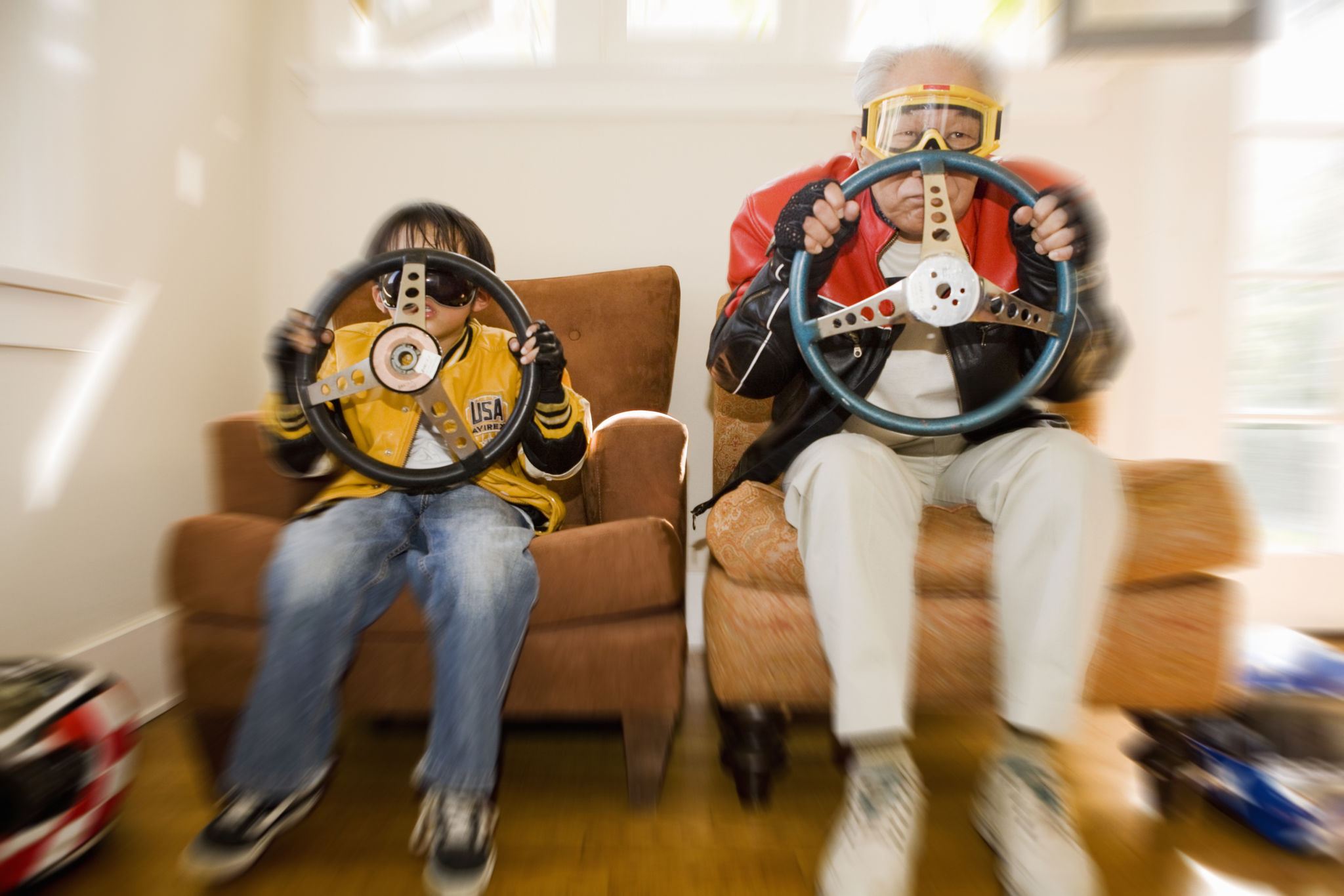Photography Lighting Techniques: From Natural to Studio Setups
Understanding the Basics of Photography Lighting
Photography lighting is an essential component that can make or break a photograph. From the natural glow of the golden hour to the controlled environment of a studio, mastering lighting techniques can elevate your photography to new heights. In this blog post, we will explore various lighting setups and how you can use them to your advantage.

Natural Light: Harnessing the Power of the Sun
Natural light is perhaps one of the most accessible and versatile lighting sources available to photographers. The key to using natural light effectively lies in understanding its qualities at different times of the day. The golden hour, which occurs shortly after sunrise and before sunset, offers a soft and warm light that can add a magical touch to your images.
During midday, the sun can be harsh, creating strong shadows and highlights. To counteract this, consider using diffusers or reflectors to soften the light. Shooting in overcast conditions can also offer a more even lighting scenario, with clouds acting as a natural diffuser.
Artificial Light: Creating Control and Consistency
When natural light is not an option, artificial lighting becomes indispensable. This type of lighting provides photographers with consistency and control over their environment. There are various kinds of artificial light sources, including continuous lights and flash systems, each with its own set of benefits.

Continuous lights, such as LEDs or tungsten lights, are excellent for beginners as they provide a constant source of illumination. They allow you to see how the light interacts with your subject in real-time, making adjustments easier. Flash systems, on the other hand, offer powerful bursts of light, perfect for freezing motion or overpowering ambient light.
Studio Lighting: Mastering the Controlled Environment
Studio lighting setups offer photographers complete control over every aspect of their shoot. This environment allows for experimentation with different lighting angles, intensities, and modifiers. Common studio configurations often include key lights, fill lights, and backlights, each playing a specific role in shaping the subject's appearance.
Key lights are the primary source of illumination and are usually the most intense. Fill lights help reduce shadows created by the key light, providing a more balanced look. Backlights are used to separate the subject from the background, adding depth to the image.

Modifiers: Shaping and Directing Light
Modifiers are essential tools in a photographer's arsenal, allowing for the manipulation of light to achieve desired effects. Softboxes and umbrellas are popular choices for diffusing light, creating a softer and more flattering appearance on subjects.
Reflectors can be used to bounce light back onto a subject, filling in shadows and adding dimension. Grids and snoots help focus light more precisely, which is useful for highlighting specific areas or creating dramatic effects.
Mixing Natural and Artificial Light
Combining natural and artificial light can result in stunning images that showcase the best of both worlds. By balancing these two sources, photographers can achieve a consistent look while still taking advantage of natural elements like sunlight or moonlight.
For example, using a flash during sunset can illuminate a subject while maintaining the warm tones of the background. Experimenting with different combinations will help you discover unique styles and effects that enhance your photography.
Conclusion: Practice and Experimentation
Mastering photography lighting techniques requires practice and experimentation. Every setting presents its own challenges and opportunities for creativity. As you gain experience, you'll develop an intuition for selecting the appropriate lighting techniques for any given scenario.

Whether you're shooting with natural light outdoors or crafting intricate setups in a studio, understanding how to manipulate light will significantly improve your photographic skills. Keep experimenting with different techniques and setups to find what works best for your artistic vision.